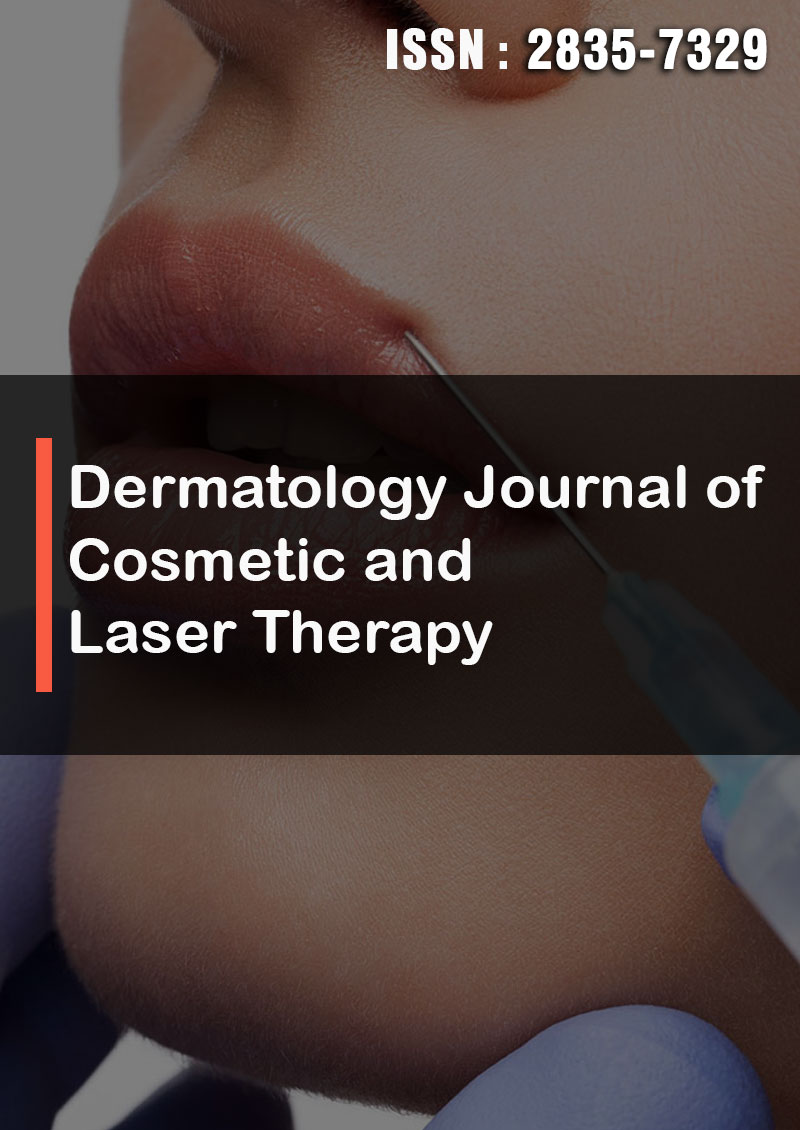Nairobi Fly Dermatitis Outbreak Investigation In Bodite Town Administrationwolaita Zone, Southern Ethiopia, April, 2018
Abstract
Mesay Gunta, Abate woldetensai, Mesay Hailu, David Sugerman, Haile Bekele, Behailu Shibesh
Background: Nairobi fly dermatitis is unusual form of contact dermatitis caused by pederine, ahemolymph fluid released when the insects are crushed against the skin. Patients often present with a sudden onset burning sensation and cutaneous pain. The insects are belonging to the genus Paederus. These insects are found worldwide, although the concentration is higher in tropical and subtropical areas. In Ethiopia, more particularly in Wolaita, Nairobi fly dermatitis is uncommon previously. Hence, we aimed to describe the clinical characteristics and identify risk factors prone to the disease.
Methods: We conducted unmatched case-control study (ratio 1:2) with 45 cases and 90 controls from April 5 to 14, 2018 in Ade charake Village, Southern Ethiopia. Cases were patients who had a history of linear dermatitis, kissing/mirror image/ lesions, multiple vesiculo-pustular lesion, extensive pustules, blistering and papulo-pustular lesions over face, neck, arms, shoulders, axillaries region, lower limbs, chest, upper limbs or any other area of the body in Ade Charake Village in the study period. Controls were asymptomatic individuals selected randomly from the households or neighbors during the outbreak period. The investigators initially developed a clinical-epidemiological questionnaire to obtain data from cases as well as controls. Basic descriptive summary including attack rate, in addition to bivariate and multivariable logistic regression was computed. The odds ratio was computed at 95% CI with a P-value <=0.05 to ascertain the association.
Results: Among 45 cases, 60 %( 27/45) were females. The commonly affected age groups were between 8-15 years 31% (14/45). The frequently appearing clinical manifestation was Erythmato-vesicular lesions 40% (18/45) and most patients 71% (32/45) presented with a complain of burning sensation followed by pruritus 62% (28/45).We found that use of light during sleep (AOR=8.5,95% CI, 1.033-64.8), disposing wastes near vicinity(AOR=5.44, 95% CI 2.094,14.1250) and proximity of dense vegetations or fruit in the vicinity (AOR=7,95% CI, 1.143-43.78) were risk factors to develop Nairobi fly dermatitis. Conclusion: We found that Nairobi fly dermatitis predominantly affects females while sleeping with light on and disposing of wastes near vicinity. The presence vegetation’s and/or fruits in the neighborhood found to be the risk factors for Nairobi fly dermatitis.




